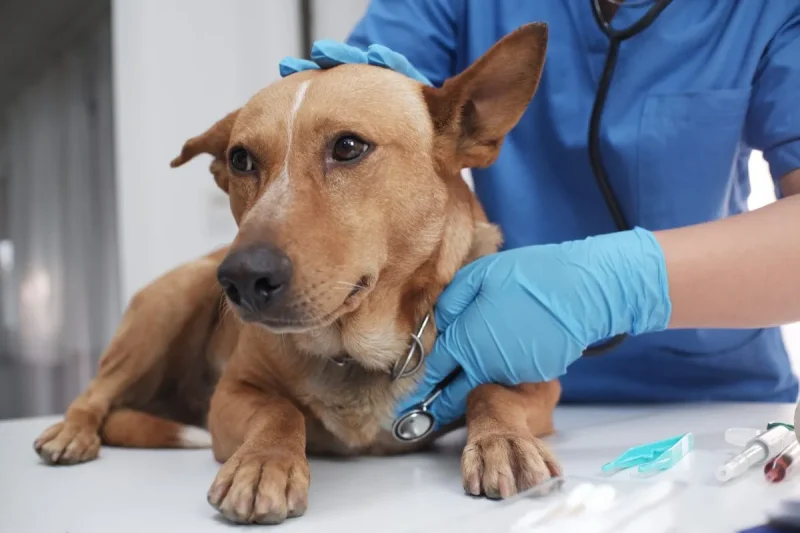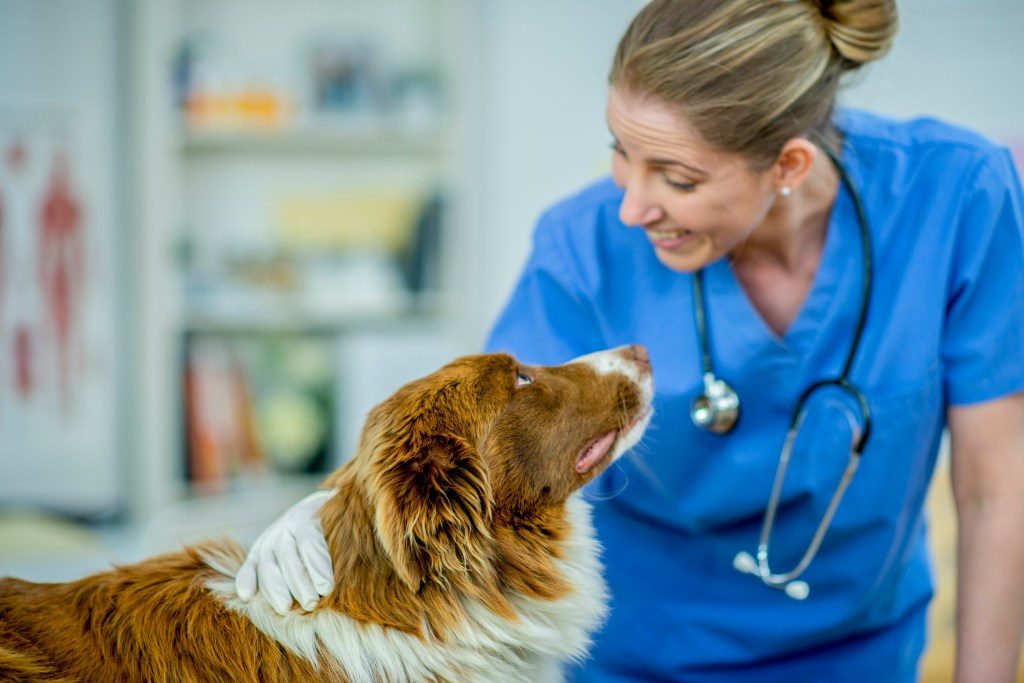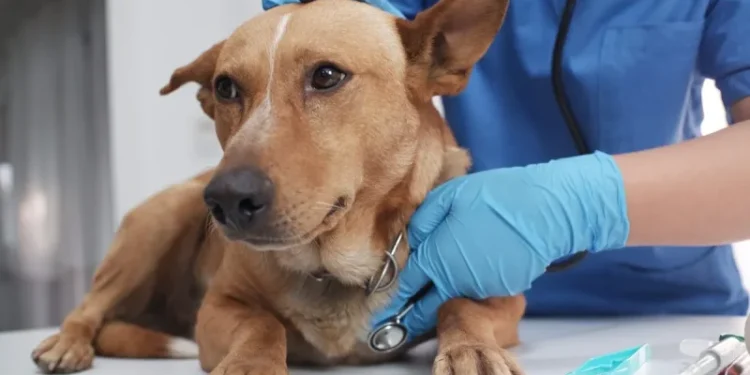
Imodium is a medication that can be used to treat dogs with diarrhea. A brand name for a drug called Loperamide, Imodium works by slowing down movement in the intestines, allowing the intestinal walls to absorb electrolytes and water and preventing food from moving through the intestines too quickly.
Even though it’s sold as an over-the-counter medicine, you shouldn’t give it to your dog unless your veterinarian says it’s safe. Some dogs have a hard time breaking down the drug, and certain medical conditions may be worsened by Imodium.
Closely follow your vet’s instructions for dosage and administering the medication. Here’s what you should know about the uses, dosage, and side effects of Imodium for dogs.
Uses of Imodium for dogs

Imodium is primarily used to treat diarrhea in dogs, though it can also be used to treat acute colitis, irritable bowel syndrome, and malabsorption or maldigestion.
However, dogs should not take it to treat diarrhea that may be caused by an infection or by ingestion of toxins like poisonous mushrooms. Diarrhea is the body’s natural method of removing these harmful substances. Therefore, stopping the diarrhea might actually not be beneficial in those cases.
This is why you should consult your vet so they can determine the cause of your dog’s diarrhea and prescribe treatment accordingly.
Dosage of Imodium for dogs

The appropriate dosage of Imodium for dogs varies depending on the form of the medication being used. It is available in liquid, caplets, or EZ chews. Additionally, a multi-symptom relief version is available, which contains simethicone to help control flatulence.
We highly recommend speaking directly with your vet regarding dosage rather than referring to information found online. Your vet might wish to alter the dosage based on your dog’s reaction to the drug or their medical history. Follow your vet’s instructions closely.
Side effects of Imodium in dogs
One possible side effect of Imodium in dogs is sedation. This is especially true for many herding breeds, including Collies, German Shepherds, Australian Shepherds, many kinds of Sheepdogs, Longhaired Whippets or Windsprites, Silken Windhounds, and Skye Terriers.
These breeds are more likely to have a genetic mutation called an MDR1 mutation. This makes it harder for their bodies to remove toxic substances from their brains. You can ask your vet to test your dog for this mutation.
Other possible side effects include vomiting, soft stools, constipation, gas, weight loss, and bloody diarrhea.
If you give this medication to your dog to treat diarrhea and symptoms don’t improve within two days, then you must call your vet. You should not give it to your dog for more than five consecutive days.
Tell your vet about any other medications or medical conditions your dog has, as these can interact poorly. The drug may not be right for very young or old dogs or dogs who are pregnant or nursing. Always consult your vet before giving your dog medication, even if it is over-the-counter, and follow their instructions carefully.
Related: Pepto Bismol For Dogs










